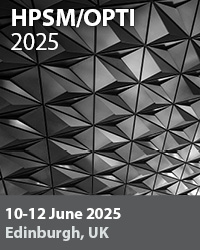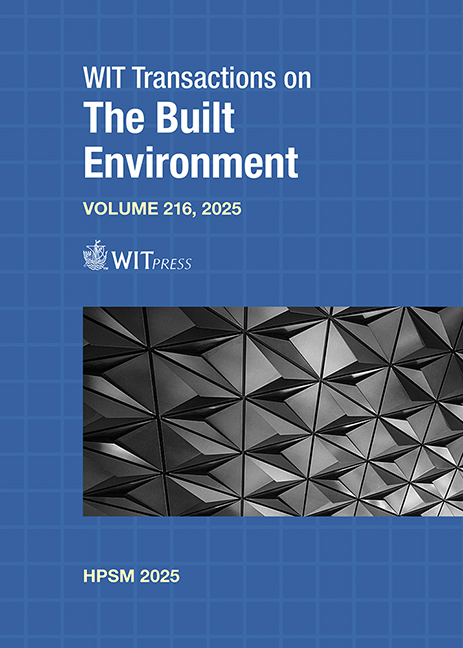CARDBOARD MICROARCHITECTURES FOR THE SUSTAINABILITY OF INTERNAL SPACE REDEVELOPMENT: A LIFE-CYCLE APPROACH THROUGH SCALED PROTOTYPE
Price
Free (open access)
Transaction
Volume
216
Pages
10
Page Range
99 - 108
Published
2025
Paper DOI
10.2495/HPSM250091
Copyright
Author(s)
DANIELA LADIANA, CHIARA IACOVETTI
Abstract
The use of cardboard microstructures is an innovative approach to improving the sustainability of interior space renovations. As urban areas face increasing pressure to use space efficiently, cardboard is becoming a versatile and eco-friendly material that can be adapted to meet diverse architectural needs. The objective of this study is to investigate the life cycle assessment potential of cardboard structures, with a particular emphasis on their capacity to mitigate environmental impact and foster adaptability in interior spaces. The utilization of cardboard, instead of traditional materials, facilitates lightweight and modular designs that can be easily reconfigured or disassembled, thus minimizing waste and resource consumption. Using principles of circular economy, these microarchitectures can be designed for reuse, recycling, or composting, thereby reducing landfill contributions and fostering a more sustainable urban environment. In this context, life cycle assessment plays a key role in identifying the environmental performance of cardboard microarchitectures. Through analysing energy consumption, material sourcing, manufacturing processes and end-of-life scenarios, we can identify opportunities for optimization. Moreover, cardboard microarchitectures present distinct prospects for enhancing indoor environments. Their adaptability enables the creation of multifunctional spaces that can adapt to user requirements, thereby promoting flexibility in urban living. Furthermore, incorporating biophilic design principles can enhance occupant well-being by incorporating natural elements within cardboard structures. In conclusion, the integration of cardboard microarchitectures into interior space redevelopment is a promising strategy for sustainability. By focusing on life cycle optimization, architects and designers can create environmentally responsible, adaptable and aesthetically pleasing spaces. This approach not only addresses pressing urban challenges but also contributes to a more sustainable future for architecture.
Keywords
digital manufacturing, microarchitecture, process optimisation, sustainable design, automation, educational experimentation





